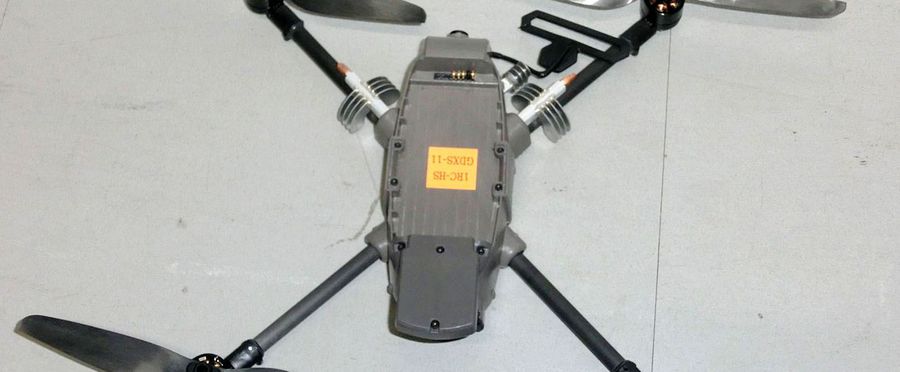For the past five years, Japan's Self-Defense Forces has been struggling with a fleet of disaster relief drones that have remained unused. Spurred by an urgent need for advanced technology in disaster-hit regions, these drones were commissioned to aid in rescue and recovery missions. Despite significant investment in this technology, bureaucratic red tape, coupled with maintenance and operational issues, have resulted in these drones being grounded.
In Japan, the rapid and effective deployment of emergency services in the aftermath of natural disasters is a matter of national concern. The lack of use of these disaster relief drones contrasts sharply with the nation's reputation for efficient use of technology. Regulatory hurdles and maintenance issues often slow the pace of progress, reflecting deeper institutional challenges that complicate disaster response efforts.
In the US or EU, the usage of drones for disaster relief has been more forthcoming. These nations have clearer regulations for drone usage and better maintenance infrastructure in place. However, they also face challenges related to technology integration, but generally have demonstrated a faster adoption rate of such potential lifesaving technologies.

